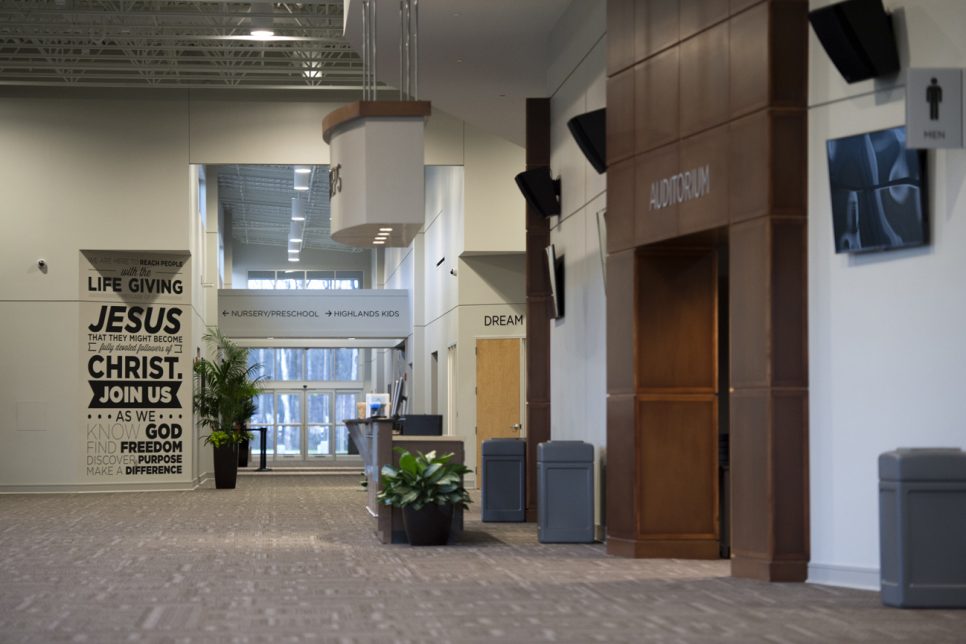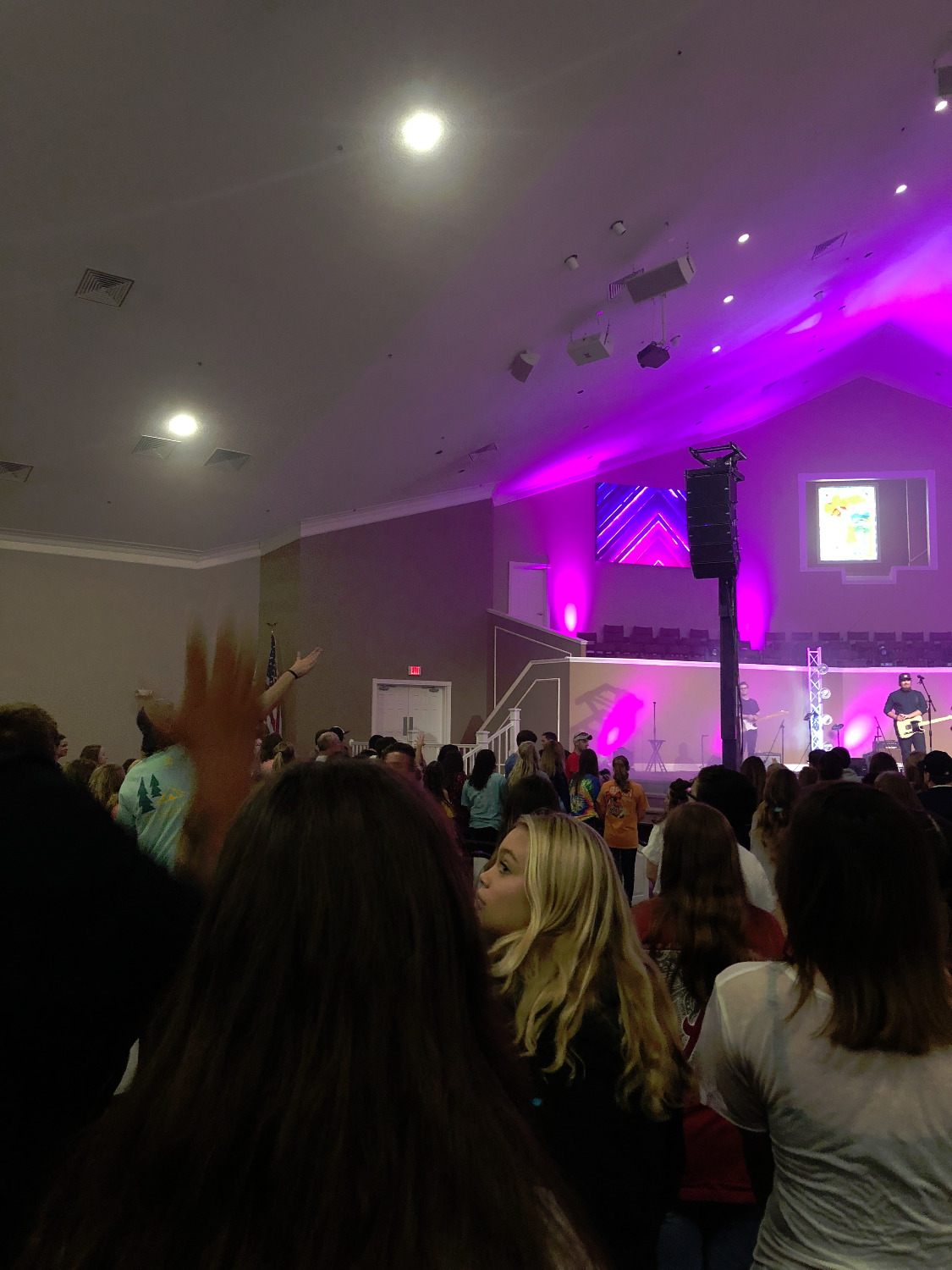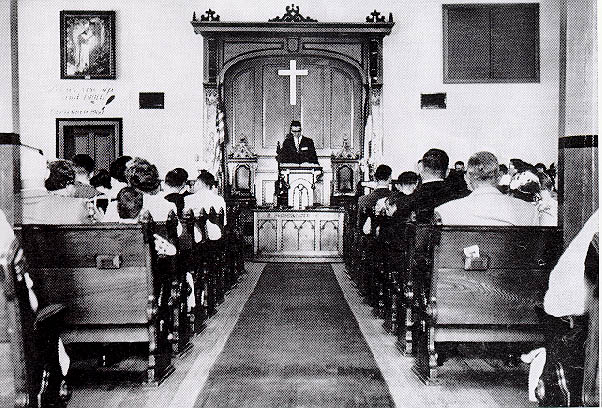
In June of 2006, witnessing the slow but sure sale of surrounding area to developers, an additional 3. Each year brought new challenges which resulted in completion of the sanctuary pews, multi phased expansion of the paved parking lot, maximizing the physical footprint with the development of Christian Education rooms and a washroom for people with disabilities, and becoming officially incorporated as a church.īy the end of December 2004 the church said good-bye to Pastor Deric Bartlett who had led it for seven years through significant growth and positioned it for a new vision under new leadership. Many tasks seemed beyond what the people could handle, but they surrendered those concerns to the Lord and gave thanks as He miraculously met those needs. Lambert Baptist retired from the church and was followed by Deric Bartlett in 1997.

In the third decade, the goal was to highlight the team approach to vision casting and implementation and to carry this theme to every aspect of the work. However the following Sunday it was still a congregation of around 350, sitting in an auditorium seating 750, and they couldn’t help but sense the new challenge that God was now laying before them.
#WEST HIGHLAND BAPTIST CHURCH FULL#
It was a glorious and celebratory day and the church was full of praise and thankfulness for all that the Lord had done. was finished and became the new home for West Highland. Through the time of planning for a new building the Spirit of God continued working in his people: the ministry of Pastor Baptist was blessed, people were saved and baptized, and the Word took root in people’s lives. In May 1987, the building at 1605 Garth St.

So, after much prayer seven acres of property was purchased further south on Garth St. Soon over 300 members and adherents were attending every Sunday morning. Lambert Baptist had arrived bringing his heart for evangelism and Bible teaching in his enthusiastic and infectious way. The 1980’s were a time when the congregation had grown into a strong but still maturing church family. He remained at WHBC for five years and then accepted a call to another pastorate. In 1977, Ian Kirby-Smith accepted the call to West Highland and the church began to bulge at the seams. A multifunctional building was erected with a seating capacity of 225. Within a year a building program was initiated, and on May 18, 1975, the cornerstone was put in place. God blessed and the church grew enabling the purchase of property at the corner of Garth St. God blessed and more people started coming, adopting the vision as their own.īrian Baxter was the first pastor, beginning his ministry in January 1973. Before the end of 1972, due to the influx of interested people, evening services were held in the Terryberry Library. In September of that same year, the first Sunday service was held in Westwood Elementary School. Weekly prayer meetings were established in various homes to bathe the vision with prayer. In March 1972, six couples attending Elliott Heights Baptist Church on Hamilton's east mountain, had a vision of establishing an evangelical church to minister to the burgeoning population of the west mountain. Instead, he had worked out a deal with neighbors to apply for non-historic designation for the church in exchange for agreeing to limit the height of any newly constructed buildings to less than four stories when zoning would allow for five stories.īut that non-historic designation may have meant the church could have been demolished, which prompted a separate group of neighbors to successfully apply for historic designation.The history of West Highland Church is proof of God’s wondrous grace to a small group of believers who found him always faithful, always bountiful, and always leading.

The landowner, represented by Tom Wooten, said he had not intended to raze the structure. On May 19, about 20 people spoke in favor of the designation and 400 people signed a petition extolling the virtues of the 83-year-old Beth-Eden Baptist Church at 32nd Street and Lowell Boulevard, which is in the middle of parcels slated for redevelopment.

Property rights are subject to some limitations, of course, but a “hostile” historic designation is a comprehensive restriction that gives the city veto power over a multitude of uses. We agree with Councilwoman Jeanne Faatz, who said hostile designation should be a last, last resort and wish a compromise could have been reached in this case. Digital Replica Edition Home Page Close MenuĪ fight over a redevelopment project in Denver’s West Highland neighborhood came to a disappointing conclusion last week when the City Council approved historic designation for an abandoned church against the property owner’s wishes.


 0 kommentar(er)
0 kommentar(er)
